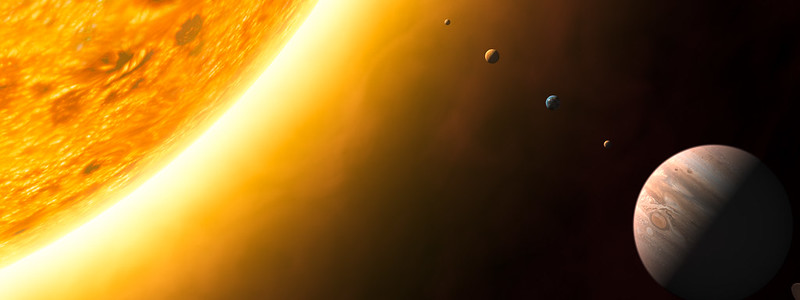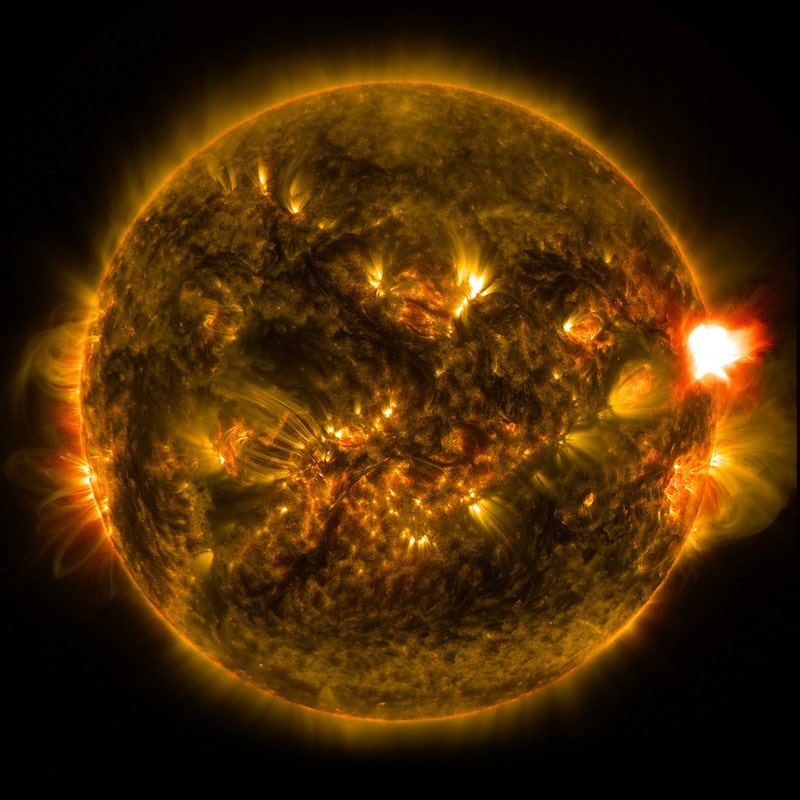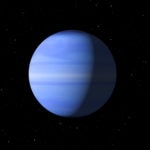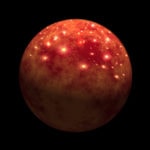Studying the Sun is fascinating. It sustains life on Earth by emitting light and warmth and is also the reason why there are seasons on Earth. Here are some interesting statistics and sun facts for kids.
 Source: Andrew Caw
Source: Andrew Caw
What Is the Sun?
The Sun is a huge luminous object made from hydrogen and helium. It’s a main-sequence star or yellow dwarf star. It produces heat, energy, and photons.
The Sun is at the center of our solar system. It’s the closest star to Earth, and it sustains life on Earth. Here are some interesting and fun facts about our Sun:
Sun Facts
- There wouldn’t be any life on Earth without the Sun. The Sun causes seasons, currents in the oceans, weather, and climates, among other phenomena.
- The Sun’s gravity is what keeps the Earth and other planets that make the solar system in orbit around it.
- The Sun accounts for 99.8% of the mass of our solar system.
- The two main gases that make up the Sun are helium and hydrogen. The composition of the Sun is 91% helium and 8.9% helium.
- Hydrogen accounts for 70.6% of the Sun’s mass, and helium accounts for 27.4%. The remaining 0.1% is a combination of different metals.
- The Sun emits light in the form of photons. Photons are particles that carry electromagnetic energy.
- The core represents 2% of the Sun’s volume, but almost half of its mass. It has a density of 15 times the density of lead.
- The reactions that happen in the Sun’s core create light and energy. Photons travel away from the core, and it can take them up to a million years to reach the surface of the Sun.
- The Sun is the largest object in our solar system. However, its size is average compared to other stars.
- The surface area of the Sun is 11,990 times the surface area of the Earth.
- The Sun is almost 110 times larger than the Earth, and you could fit one million planets the size of the Earth inside the Sun.
- The Sun creates energy and warmth through thermonuclear fusion. This process combines atoms to form larger molecules.
- There are darker areas on the surface of the Sun. They appear darker because of their colder temperature of 3,000°F.
- It takes eight minutes for light to travel from the Sun to the Earth. This distance is the basis for establishing the speed of light.
- Ancient civilizations believed that the Sun was a god.
- More than 2,000 years ago, Aristarchus of Samos came up with the hypothesis that Earth revolved around the Sun instead of the other way around. Copernicus would eventually prove that theory.
- There is a slight difference of 10 km between the Sun’s polar and equatorial diameters. The Sun is almost a perfect sphere!
- The name of the Sun comes from the Latin word ‘sol.’
- The Sun emits different kinds of electromagnetic radiation. Visible light, ultraviolet rays, and infrared rays make up 99% of those radiations.
- A giant cloud of gas collapsed on itself to form the Sun approximately 4.5 billion years ago.
- The Sun’s gravity causes helium and hydrogen to heat up and fall toward the core as the gas particles combine and form denser elements.
- The Sun’s size will expand once it burns through the hydrogen and helium particles that are available. This process can take up to 130 million years. The Sun will then collapse and become a white dwarf, a small star with a high density.
- The Sun orbits around the center of the Milky Way. It takes the Sun between 225 and 250 million years to complete an orbit, and it travels at a speed of 220 km per second.
- The Sun has a strong magnetic field. This field causes differences in temperatures on the surface of the Sun as well as solar flares.
- The Sun sometimes ejects plasma from its surface. Plasma can travel at speeds of 450 km per second and causes solar wind. When solar winds reach the Earth, they cause Aurora Borealis.
- There are three inner layers inside of the Sun. The core has a radius of 86,000 miles, and the next layer, the radiative zone, expands 319,000 miles away from the core. The third layer, the convection zone, expands 432,000 miles upward.
- There are three outer layers that make up the atmosphere of the Sun. The first one is the photosphere. It extends 250 miles up from the surface of the Sun. The chromosphere expands to 1,300 miles away from the surface. The transition region and the corona make up the third layer.
- You can’t see the corona by looking at the Sun. However, it becomes visible during an eclipse.
- NASA launched the Parker Solar Probe to study the Sun. This probe will get seven times closer to the Sun than previous missions.
- There are eight planets orbiting the Sun, including Mercury, Venus, Earth, Mars, Jupiter, Saturn, Uranus, and Neptune. There are also some dwarf planets, including Ceres, Pluto, Haumea, Makemake, and Eris.
 Source: Paul Stewart
Source: Paul Stewart
Sun Statistics
- Density: 1.4909 g/cm³
- Core density: 150 g/cm³
- Diameter: 1.4 million km, or 870,000 miles
- Mass: 1.989 x 10^30 kg
- Surface area: 6,078,747,774,547 km²
- Surface gravity: 274 m/s²
- Surface temperature: 10,000°F
- Core temperature: 27 million °F
- Age: approximately 4.5 billion years
- Distance between the Sun and Earth: 147 to 152 million km, or one astronomical unit
- Spin duration: 25 days at the equator, 35 days at the poles
- Orbited by: eight planets
Are you curious to learn more sun facts for kids? This course from Khan Academy explains some of the facts we listed and goes over topics like solar winds, electromagnetic fields, and space telescopes that gather data about the Sun.







